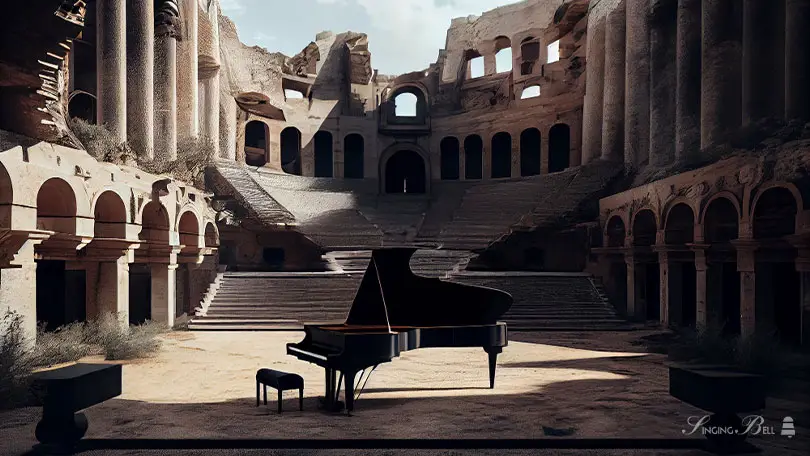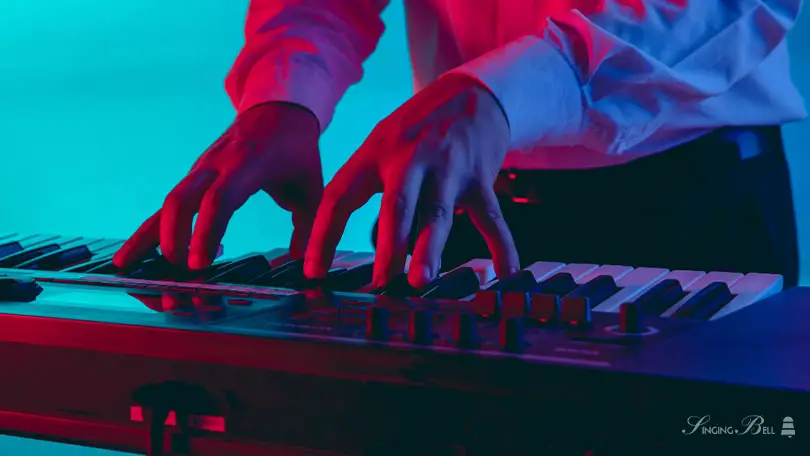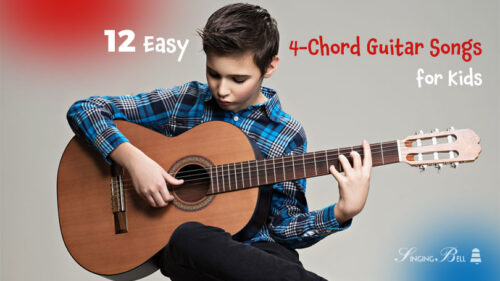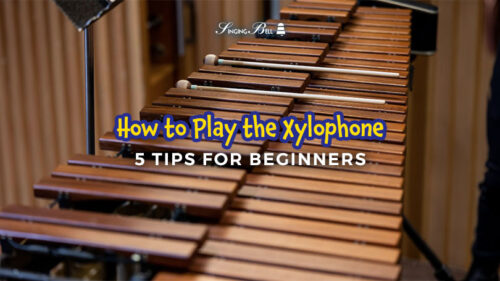

National Piano Month provides an opportunity to celebrate the instrument’s cultural and artistic significance. It encourages music educators, performers, and enthusiasts to organize concerts, recitals, workshops, and other events that showcase the piano’s unique qualities and its impact on musical expression.
During this month, piano manufacturers, music schools, and music organizations often collaborate to raise awareness about the piano and its role in fostering creativity, discipline, and a lifelong appreciation for music. They may offer special promotions, or piano lessons, or community programs to engage individuals of all ages and backgrounds in exploring the joys of piano playing.
National Piano Month not only serves as a tribute to the piano but also seeks to inspire future generations of musicians and nurture their passion for music. It encourages people to discover the joy of playing the piano, appreciate its historical significance among musical instruments, and embrace the beauty of its timeless melodies.
Through National Piano Month, the piano continues to be celebrated as a symbol of artistic expression, cultural heritage, and musical excellence, fostering a deeper appreciation for this remarkable and versatile instrument, and its enduring legacy in the world of music.
Table of Contents
- what’s the National Piano Month History?
- 6 Ways to Celebrate National Piano Month
what’s the National Piano Month History?
National Piano Month is an annual celebration observed in the United States during the month of September. This month-long observance aims to promote the appreciation and enjoyment of the piano as a versatile and beloved musical instrument.
The history of National Piano Month traces back to the efforts of various organizations and individuals dedicated to highlighting the significance of the piano in American culture. While the specific origins of this observance of played piano are not widely documented, it is believed to have been established to recognize and honor the piano’s rich history and the countless musicians who have contributed to its prominence.
6 Ways to Celebrate National Piano Month
1
Explore the Piano’s Fascinating History
The piano, a beloved and versatile musical instrument, has a rich history spanning several centuries. Its origins can be traced back to the early 18th century when Italian harpsichord maker Bartolomeo Cristofori invented the “gravicembalo col piano e forte” (harpsichord with soft and loud). This innovative instrument featured a keyboard mechanism that allowed players to control the volume by striking the keys with different degrees of force, giving birth to the expressive possibilities of dynamics in music.

The piano’s popularity grew rapidly, and its design and construction evolved, with notable contributions from makers such as Steinway, Bechstein, and Bösendorfer. The instrument became a centerpiece of classical music, with renowned composers like Mozart, Beethoven, and Chopin composing masterworks specifically for the piano.
Over time, the piano’s influence extended to other genres, including jazz, pop, and rock, showcasing its versatility and adaptability. Today, the piano remains an iconic symbol of musical expression, enchanting audiences worldwide with its beautiful sound and serving as a treasured instrument for both professional musicians and enthusiasts alike.
2
Compare Different Types of Pianos
Pianos come in various types, each with its own unique characteristics and qualities. Here is a brief comparison of different types of pianos:
A. Grand Piano
Grand pianos are known for their elegant and iconic appearance, with a horizontal design and a curved body. They produce a rich, resonant, and full-bodied sound due to their large soundboard and long strings.

These pianos come in different sizes, ranging from baby grands to concert grands, with longer instruments generally producing a more powerful and nuanced tone. They are favored by professional pianists and are commonly found in concert halls and recording studios.
B. Upright Piano
Upright pianos, also known as vertical pianos, have a tall and vertical design, making them suitable for smaller spaces and homes. They offer a more compact and space-efficient alternative to grand pianos.

Unlike grand pianos, upright pianos have a vertical string arrangement, which affects the quality of sound and tone production. They are available in various sizes and models, with taller upright pianos often delivering better sound quality and projection.
C. Digital Piano
Digital pianos are electronic instruments that aim to replicate the sound and feel of an acoustic piano. They use sampled sounds to produce piano tones and often offer additional instrument sounds and effects.
In comparison to acoustic pianos, digital pianos are more portable and versatile, as they can be easily moved, have built-in speakers, and often feature headphone connectivity. They offer features like volume control, recording capabilities, and the ability to connect keyboard instruments to computers or other devices for educational or creative purposes.
D. Electric Piano
Electric pianos are typically lightweight and portable instruments. They use electric amplification and speakers to produce sound and often offer a variety of sounds and effects beyond traditional piano tones.

Electric pianos are popular in genres like rock, pop, and jazz due to their versatility and the ability to manipulate and shape the sound.
E. Hybrid Piano
Hybrid pianos combine elements of both acoustic and digital pianos. They incorporate digital technology to enhance the sound and performance of traditional acoustic pianos.
Hybrid pianos may include features like digital sound sampling, MIDI connectivity, recording capabilities, or silent play options.
3
Attend a Piano Concert or Recital
National Piano Month invites music enthusiasts to indulge in the magic of live piano performances by attending captivating concerts or recitals.

From intimate solo recitals to grand symphony performances, these events showcase the mastery and artistry of pianists, allowing audiences to immerse themselves in the beauty of piano music. Experiencing the emotive power and technical brilliance firsthand not only brings joy but also deepens appreciation for the instrument and its remarkable capabilities.
Eventbrite: Piano Concerts in the USA
Eventbrite: Piano Concerts in the UK
4
Learn Fun Facts About the Piano
From the invention of the piano by Bartolomeo Cristofori to tales of virtuosos like Mozart and Beethoven, these fun facts offer glimpses into the piano’s enduring legacy and the fascinating stories behind its development.

- 88 Keys of Musical Magic:
The standard modern piano typically has 88 keys, comprising 52 white keys and 36 black keys. This arrangement allows pianists to play a wide range of musical notes and explore the full spectrum of musical expression. - Over 12,000 Parts:
The piano is a complex instrument with intricate engineering. It is estimated that a piano consists of over 12,000 individual parts, including strings, hammers, keys, dampers, and pedals. Each component plays a crucial role in producing the instrument’s beautiful sound. - The Oldest Piano:
The oldest piano in existence, known as the “Queen’s Piano” or the “Medici Piano,” was constructed by Bartolomeo Cristofori, the inventor of the piano. It was built around 1700 and is currently housed at the Metropolitan Museum of Art in New York City. - Piano Wire Tension:
The combined tension of the piano’s strings can reach an astonishing 30 tons or more. To withstand this immense tension, piano manufacturers carefully select high-quality materials and construct a sturdy frame that can bear the strain while maintaining optimal sound quality. - The World’s Largest Piano:
The world’s largest playable piano, named the “Klavins 450,” stands at a towering 4.5 meters (nearly 15 feet) tall. It was created by David Klavins and offers an incredibly resonant and powerful sound due to its immense size.
5
Take First Steps into Learning to Play the Piano
National Piano Month serves as an excellent starting point for those interested in learning to play the piano.
Whether enrolling in formal lessons, exploring online tutorials, or self-guided learning, this month provides the perfect time and opportunity to embark on a musical journey.
From learning basic scales and chords to playing simple melodies, the initial steps into piano playing can be immensely rewarding and offer a sense of personal fulfillment as one discovers their own musical abilities.
6
Listen To All Kinds of Piano Music
Celebrating National Piano Month is incomplete without indulging in the vast repertoire of piano music.
From classical masterpieces by composers like Chopin, Bach, or Debussy to the soulful melodies of jazz pianists like Bill Evans or Thelonious Monk, there is a world of piano music waiting to be explored.
Listening to diverse genres, styles, and interpretations not only exposes listeners to the immense beauty and versatility of the piano but also allows them to develop a deeper appreciation for the wide range of emotions and expressions the instrument can convey.
Like it? Pin it

Did you like this post?
You may also like:
30 Inspirational Piano Quotes for Kids Who Love its Keys
Christmas Carol Sheet Music – 30 PDF Files to Download and Print












